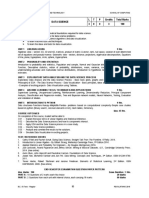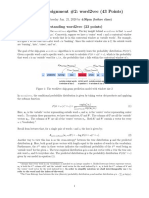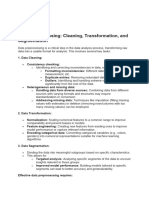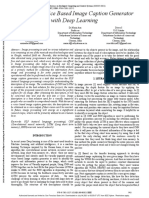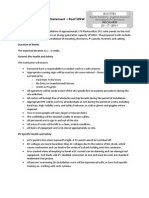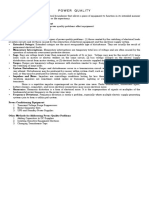0% found this document useful (0 votes)
144 views82 pagesData Science and Big Data Analytics-1-82
The document outlines the syllabus for the Data Science and Big Data Analytics course under the Choice Based Credit System at Savitribai Phule Pune University for the T.E. (Computer Engineering) Semester - VI. It includes information on various data types, data processing techniques, and statistical methods relevant to data science. The publication is authored by Iresh A. Dhotre and Dr. Kalpana V. Metre and is published by Technical Publications.
Uploaded by
Mahindra KumarCopyright
© © All Rights Reserved
We take content rights seriously. If you suspect this is your content, claim it here.
Available Formats
Download as PDF, TXT or read online on Scribd
0% found this document useful (0 votes)
144 views82 pagesData Science and Big Data Analytics-1-82
The document outlines the syllabus for the Data Science and Big Data Analytics course under the Choice Based Credit System at Savitribai Phule Pune University for the T.E. (Computer Engineering) Semester - VI. It includes information on various data types, data processing techniques, and statistical methods relevant to data science. The publication is authored by Iresh A. Dhotre and Dr. Kalpana V. Metre and is published by Technical Publications.
Uploaded by
Mahindra KumarCopyright
© © All Rights Reserved
We take content rights seriously. If you suspect this is your content, claim it here.
Available Formats
Download as PDF, TXT or read online on Scribd
/ 82
